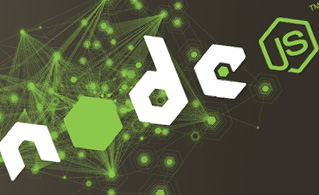Advanced Features
The Advanced tab gives you swift access to an array of advanced tools, among them the Memcached distributed memory caching system and the Varnish Cache web application accelerator, which will help you optimize your sites and applications without having to move away from the hosting Control Panel. Depending on the hosting package, these features are either added by default or are offered in the form of easily gettable upgrades. InnoDB and NodeJS support is available as well.

Varnish
Varnish Cache is a web application accelerator also known as a caching HTTP reverse proxy. You can install it in front of any server that speaks HTTP and configure it to cache the contents. Varnish Cache is really, really fast and will speed up your web site. One of the essential virtues of Varnish Cache is the flexibility of its configuration language, VCL, which allows you to define how incoming requests should be handled.

Memcached
Memcached is a general-purpose memory caching system for boosting the loading speed of dynamic database-driven web sites. It is used to reduce the number of times an external data source (such as a database or API) is read by caching data and objects in RAM. The Memcached distributed memory caching system uses a two-tier architecture. The Memcached system is used by some of the most traffic-intensive websites on the World Wide Web and is supported by popular web applications like Joomla and WordPress.

Node.js
Node.js is a software system for building highly scalable Internet apps. Built on Chrome's JavaScript runtime, Node.js uses an event-driven, asynchronous I/O model that makes it lightweight and efficient, excellent for real-time data-intensive applications. Node.js uses Google's V8 JavaScript engine, libUV, and a number of in-built libraries.
InnoDB
InnoDB is the default storage engine for the MySQL open-source database management system. A storage engine is the underlying software component that a database management system uses to create, retrieve, update and delete data from a database. Its latest edition offers considerable improvements in performance, reliability and functionality. InnoDB offers the standard ACID-compliant database transaction features, along with declarative referential integrity support. It is included by default in most binaries distributed by MySQL AB.